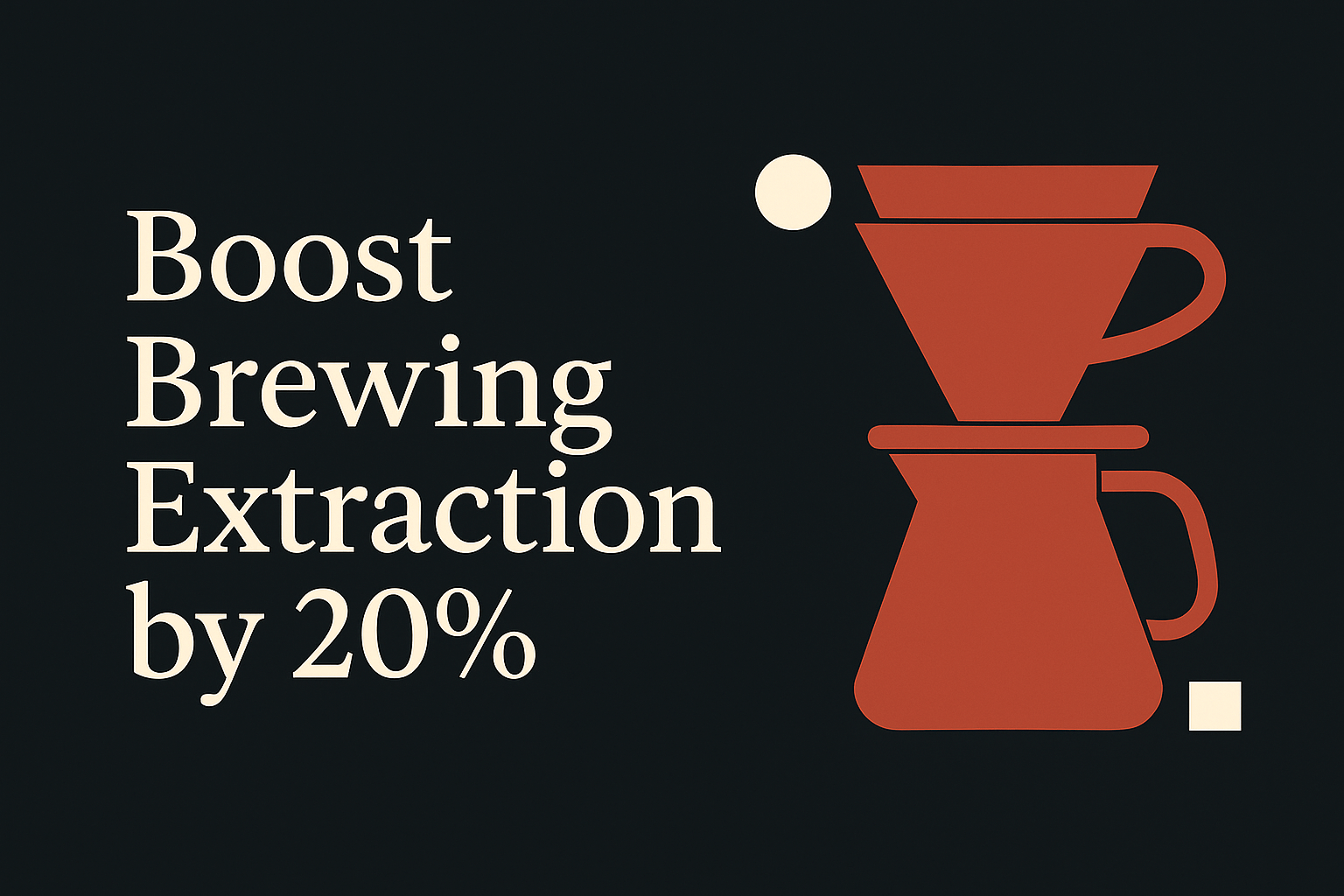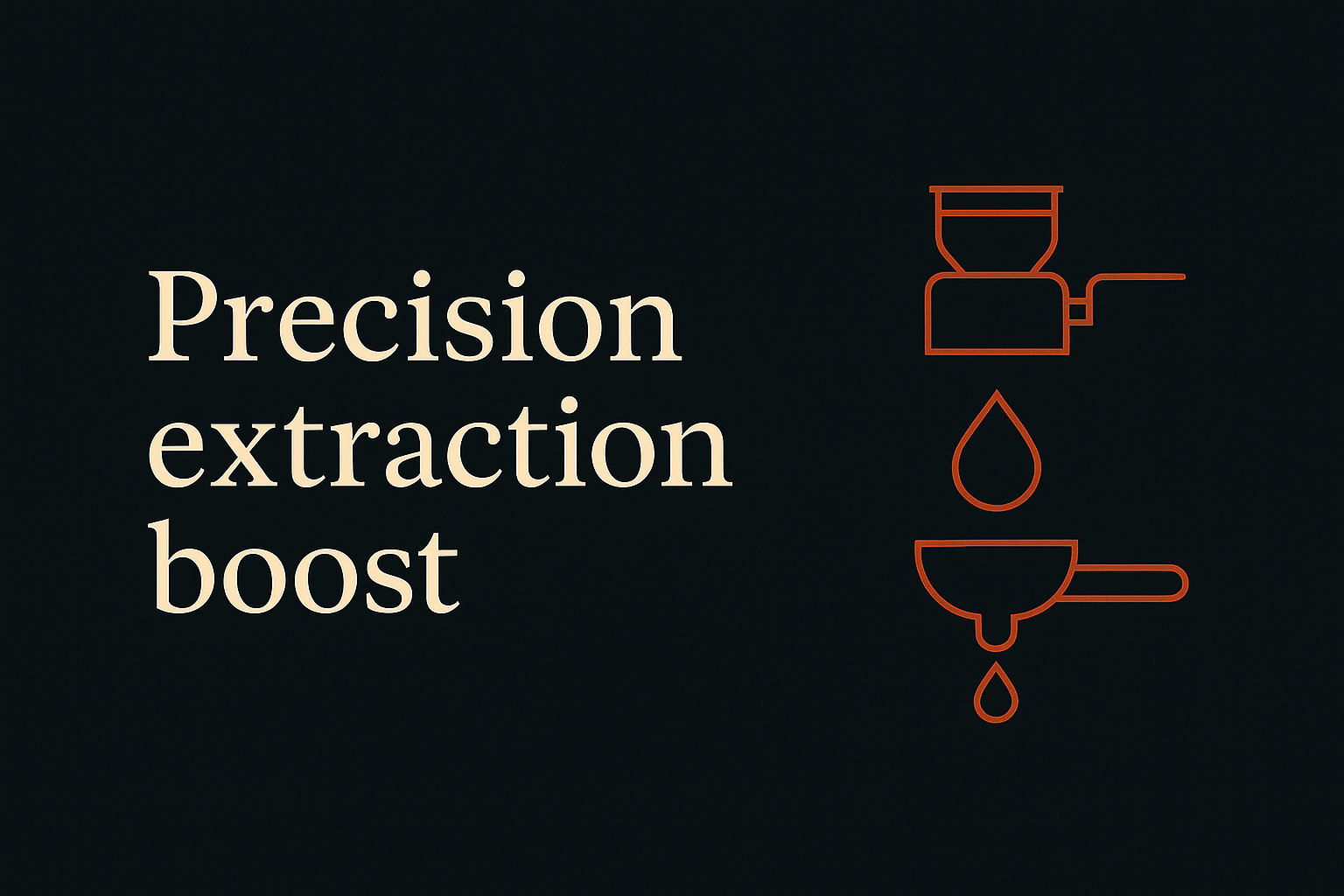Getting Started: The Basics Of Plunger Coffee Brewing
The key to producing a successful coffee plunger brew lies in the details. From choosing the right beans, selecting one of the various coffee plungers on the market, to mastering the brew time and extraction, each step contributes to the final result.
Let's dive into the process of crafting your ideal cup of plunger coffee.
Selecting High Quality Beans
Start by purchasing high-quality, fresh coffee beans that match your flavour preferences, and keep a portion of stock on hard so that you can brew at any moment. Choose beans with flavour notes that intrigue you, whether it's fruity, chocolatey, or nutty.
Opt for beans that are freshly roasted and grind them just before extraction. Using freshly ground coffee will always result in a vibrant and tasty drink.
Measuring Coffee & Water
As a code and general rule-of-thumb, a standard coffee-to-water ratio for a plunger brew is 1:15. This means that for every gram of coffee, you'll use 15 grams of water. You can adjust the ratio to suit your taste, and you can always refer back to this ratio as a good starting point.
Water Temperature Matters
Boil water and let it rest for about 30 seconds before pouring. The ideal water temperature for making coffee with a plunger is around 93°C. This temperature ensures proper extraction without burning the grounds.
Blooming The Ground Coffee
Start by adding the coarse ground coffee to the empty plunger. Gently pour a small amount of hot water over the grounds to saturate them evenly. This step, known as "blooming," allows the coffee to release trapped gases, resulting in a more balanced extraction.
Pouring & Steeping
After blooming, pour the remaining hot water over the coffee grounds to fill up the brew chamber in line with your chosen ratio. Ensure all the coffee grinds are fully saturated by stirring the mixture with a wooden spoon or paddle.
Place the lid and plunger assembly on top of the coffee and let it steep for about 4 minutes. Similar to brewing loose leaf teas, adjust the steeping time to suit your preferred brew strength.
Pressing Down On The Plunger
Gently press down the plunger, exerting even pressure. The slow and controlled filtration helps separate the grinds from the coffee, preventing over-extraction.
Over-extraction occurs when coffee is brewed beyond its ideal brew time, resulting in a bitter taste or note and astringency in the drink.
Pouring & Enjoying
Once the plunger is fully pressed down, pour the freshly extracted coffee into your cup immediately. Avoid letting the coffee sit in the plunger, as this too can lead to over-extraction and bitterness.
You can then pour in some cold milk if you prefer, or perhaps steam and texture some hot milk if you want to add a creamy note to your beverage.
Cleaning The French Press Coffee Maker
After enjoying your drink, disassemble the plunger and rinse all the components with warm water. Avoid using soap, as it can leave residue on the glass that affects the flavour of future brews. One advantage of making coffee with a plunger is its easy cleaning process.








